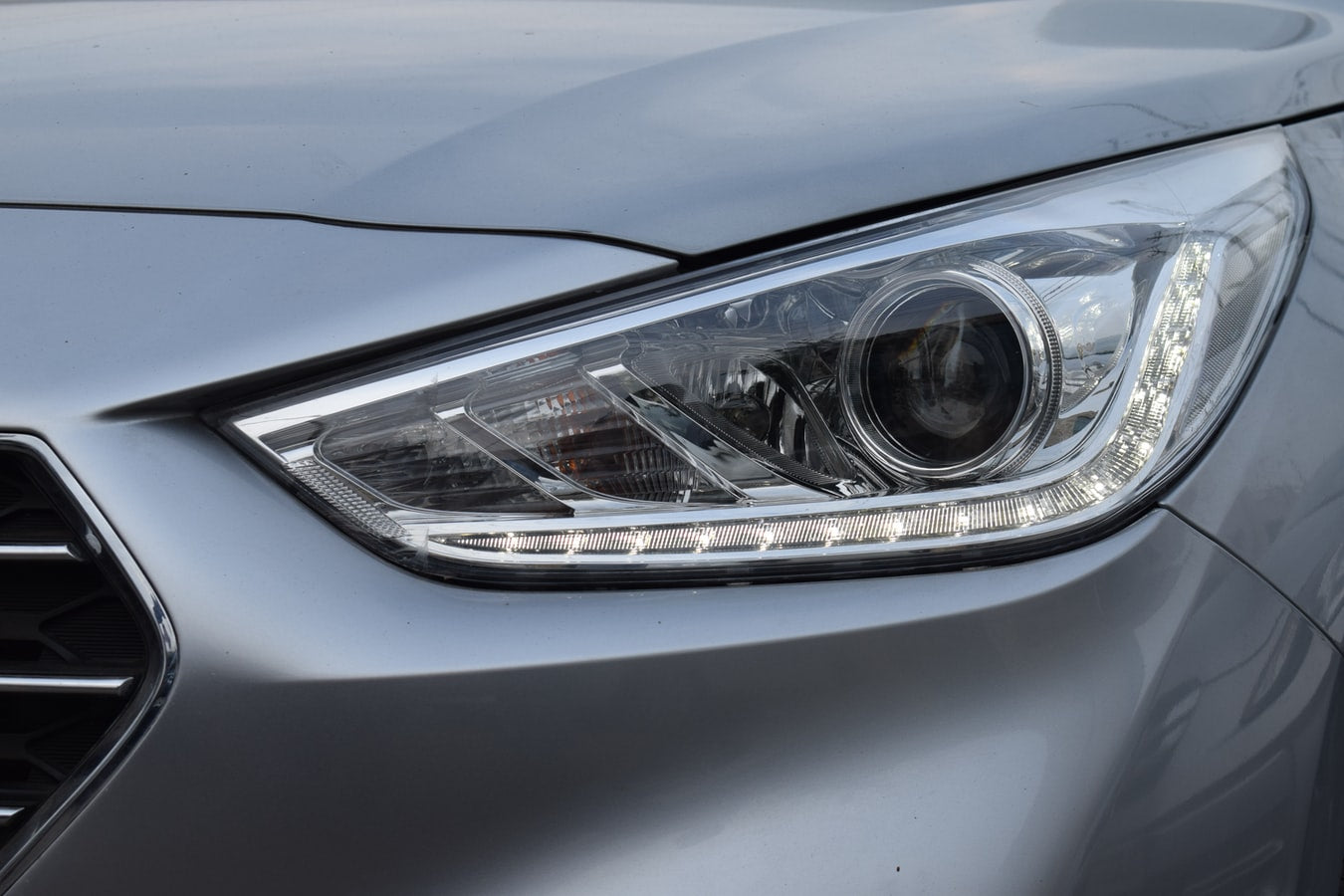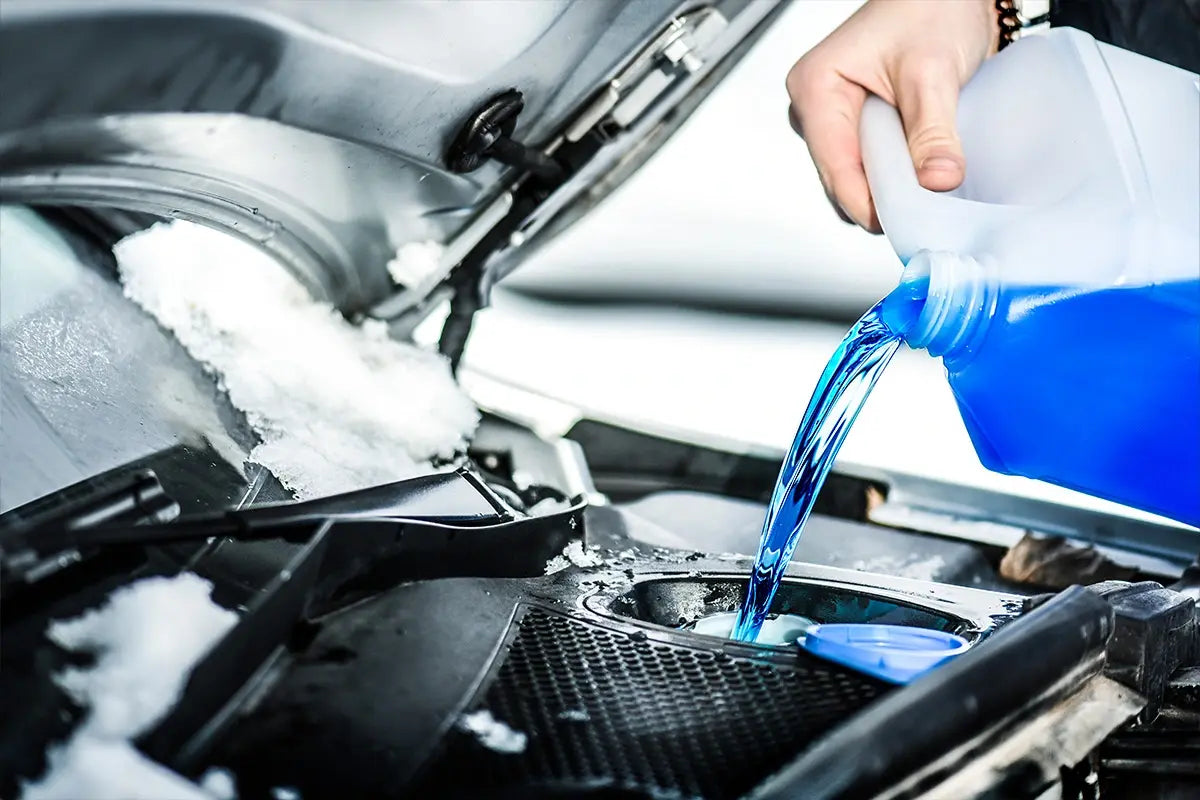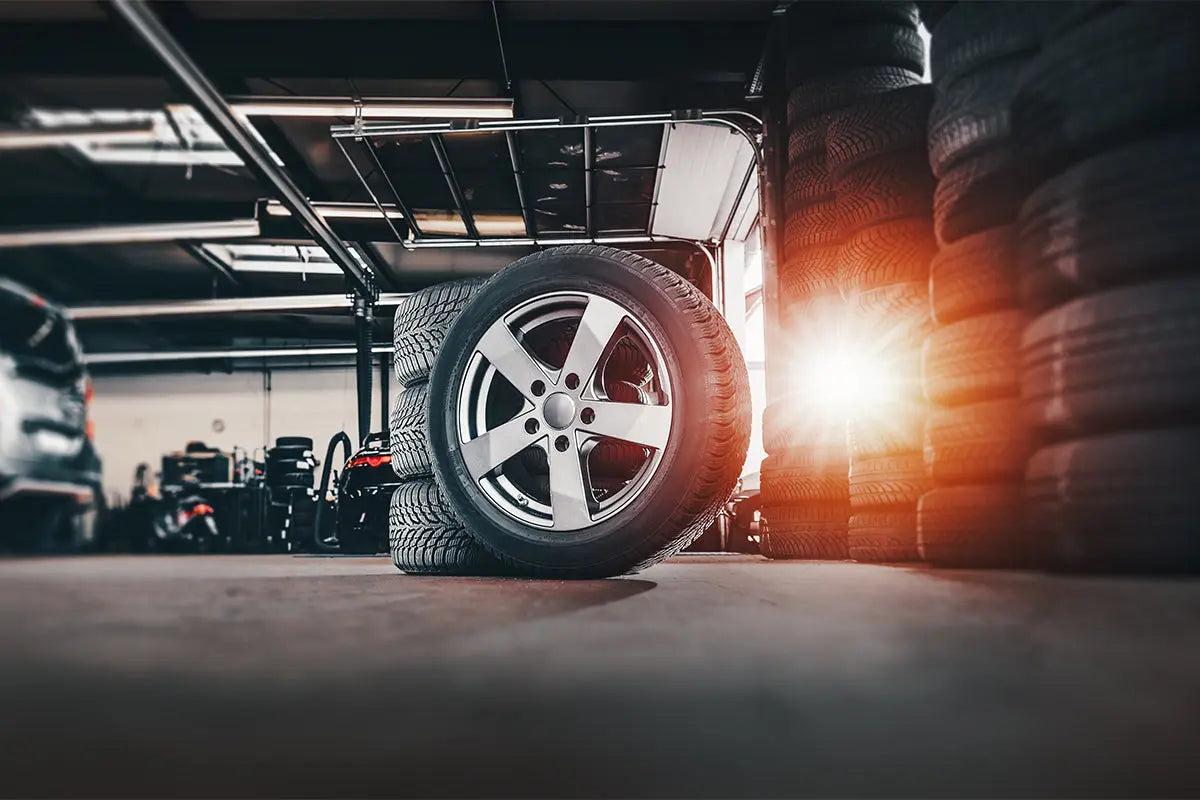
Nothing makes a car stand out like a good wax job. While washing your car is pretty straightforward and it does a good job of restoring the look and luster of your vehicle, waxing can protect it from further damage and add a shine or gloss that makes your car look close to brand-new.
But many people don’t know how to wax their own cars, either because they were just never taught, or they always take their car into a shop for care. If you want to save money and avoid having to go to an auto detailing service every time you want a little shine, this guide is for you!
Let’s break down how to wax a car with top-tier waxing products.
Read on to learn more in this article of shine armor blog!
related products in shine armor:
Step One – Choose the Right Wax Product
First things first – make sure that you choose a wax product that’s worth your time and money!
Of course, we’d be remiss not to suggest our own wax solution: Shine Armor’s Spray Wax Quick Coat. Unlike most other wax products, this wax can be sprayed right onto the surface of your prized vehicle, rubbed in with a regular microfiber cloth, then rubbed away in as little as 15 minutes. You’ll get a phenomenal shine and long-lasting protection, too.
Either way, just make sure that the wax you choose is actually high-quality. The best stuff is usually made from carnauba wax, which is the strongest wax ever created.
You can alternatively use Shine Armor’s Fortify – a type of wax alternative that works pretty similarly. It adds a ceramic coating to your car, plus washes it all in the same step.
One other thing – make sure that you wax your car under cover, like inside your garage or under some other protective roof--your driveway, though a cliche place for dads to wax their cars in all shows and movies ever, is not the ideal place. Don’t wax your car after it’s rained, either – your car needs to be totally dry (more on that below).
Step Two – Wash Your Car
Now it’s time to thoroughly wash your car. You should only ever try to wax a vehicle that's been cleaned and dried first. You can take your vehicle to a regular car wash, or you can wash it by hand. Just make sure you get as much surface-level dirt and debris as possible, as well as clean off any grease stains or swirls.
The reason you really want to make sure of this is because wax can exacerbate any grease stains your car already has. Wax forms a protective layer over the surface of your vehicle, effectively sealing in anything that remains as you rub the wax into your car’s finish. If you leave grease, the grease will stick around and look that much worse.
Be sure to thoroughly clean any nooks and crannies like the handles of your car or any door jambs. Again, also make sure you thoroughly dry your car before applying wax. If the surface is wet, you could change the consistency of the wax product.
Step 3 – Apply Wax Properly
Different wax solutions have different instructions. For instance, our wax quick coat spray only needs to be sprayed on and rubbed in like any other type of wax. Other kinds of wax might have additional care or application instructions. It all depends.
You’ll mostly want to pay attention to how much wax is recommended you use for your vehicle. Some wax products work just fine by dolloping a few drops onto your car’s surface. Others might need significantly more wax product to thoroughly coat the surface of your vehicle. But all wax bottles should have enough for a few full wax coats before you need to buy more.
- buy exterior products from shine armor
- buy interior products from shine armor
- Buy Best car detailing kit
Additionally, there are some important things to keep in mind when applying the wax, listed below!
Wax Progressively and In Segments
As you scrub the wax into your car’s surface, be sure to do so in a progressive and measured pattern. Don’t just try to rush through the process or in random sections. In fact, it’s best if you start on one side of your car and progressively move around your car to meet up back where you began.
This makes it a lot harder for you to forget one area, like the bottom or top of a door, and will ensure that you don’t over wax or under wax one area of your car compared to the others. But you’ll also want to move relatively evenly, as leaving wax on your car for too long can lead to difficulties down the road.
Basically, wax hardens progressively, and if it becomes too hard, you might have a really hard (pun intended) time removing it in another couple of steps
We’d recommend starting with your front fender panel on both sides of your car (right above the front wheels). Then move around the vehicle in a clockwise (or counterclockwise) motion until you are done.
Use Circular Motions When Rubbing the Wax In
As you rub the wax into your car’s finish, remember the old advice from Mr. Miyagi – move your hands in small and circular motions. Wax on, wax off. As you make the little circles with your hands, you can go either horizontally or vertically. You just want to make sure you move in the same pattern everywhere so you don’t create an uneven application of wax in different areas on your vehicle.
Again, try not to apply too much. You only ever need a thin layer of wax or wax spray – you should still be able to see the paint color through your wax application. As the wax dries, it should become matte and feel a little choppy to your fingers.
Step 4 – Remove the Wax
Now it’s time to remove the wax before it becomes too hard. We’d recommend using a microfiber towel. These cloths won’t leave small fibers behind and won’t damage or scratch the surface of your vehicle. They’re also particularly good for removing tough particles, like the kind of wax particles left behind as the product bonds to your vehicle’s finish.
As with rubbing the wax in your car before, take a microfiber cloth and move your hands in small, concentric circles. This will progressively remove the majority of the wax. You should be able to see it disappear into the cloth over time.
Don't forget to spot-check as well. Some wax spots might stick around even after you get most of it. You can swipe away these smaller spots without concentric circles if you like. The bottom line: your car should look shiny and glossy when you are done, and you shouldn’t notice any chalky wax left behind.
Last Tips
Aside from the above process, there are a few other waxing tips you should be aware of:
- Use a soft brush when necessary. Softer brushes can help you fill in gaps or molding so you thoroughly wax your car instead of the main panels. These only cost a couple of bucks from regular auto parts stores. You can use these brushes to get rid of any wax that’s rubbed into the nooks and crannies of your car.
- Let your car rest after being waxed. Don’t immediately take it out for a joy ride. Instead, let it bond with the wax material for up to 24 hours. This may seem like a little overkill, but trust us – it’ll result in a better looking and longer-lasting wax job compared to driving away immediately after application.
Conclusion
Waxing your car is ultimately pretty simple and it’s something everyone should know how to do. Whether you’re waxing your first car or learning how to take care of a vehicle you are particularly proud of, we hope this outline serves you well. It should work for every wax product you choose, and especially our top of the line spray-on wax solution. Good luck!
Resources:
https://www.britannica.com/technology/carnauba-wax
https://driving-tests.org/beginner-drivers/how-to-wax-your-car/
https://www.sema.org/news-media/magazine/2013/27/car-care-101





